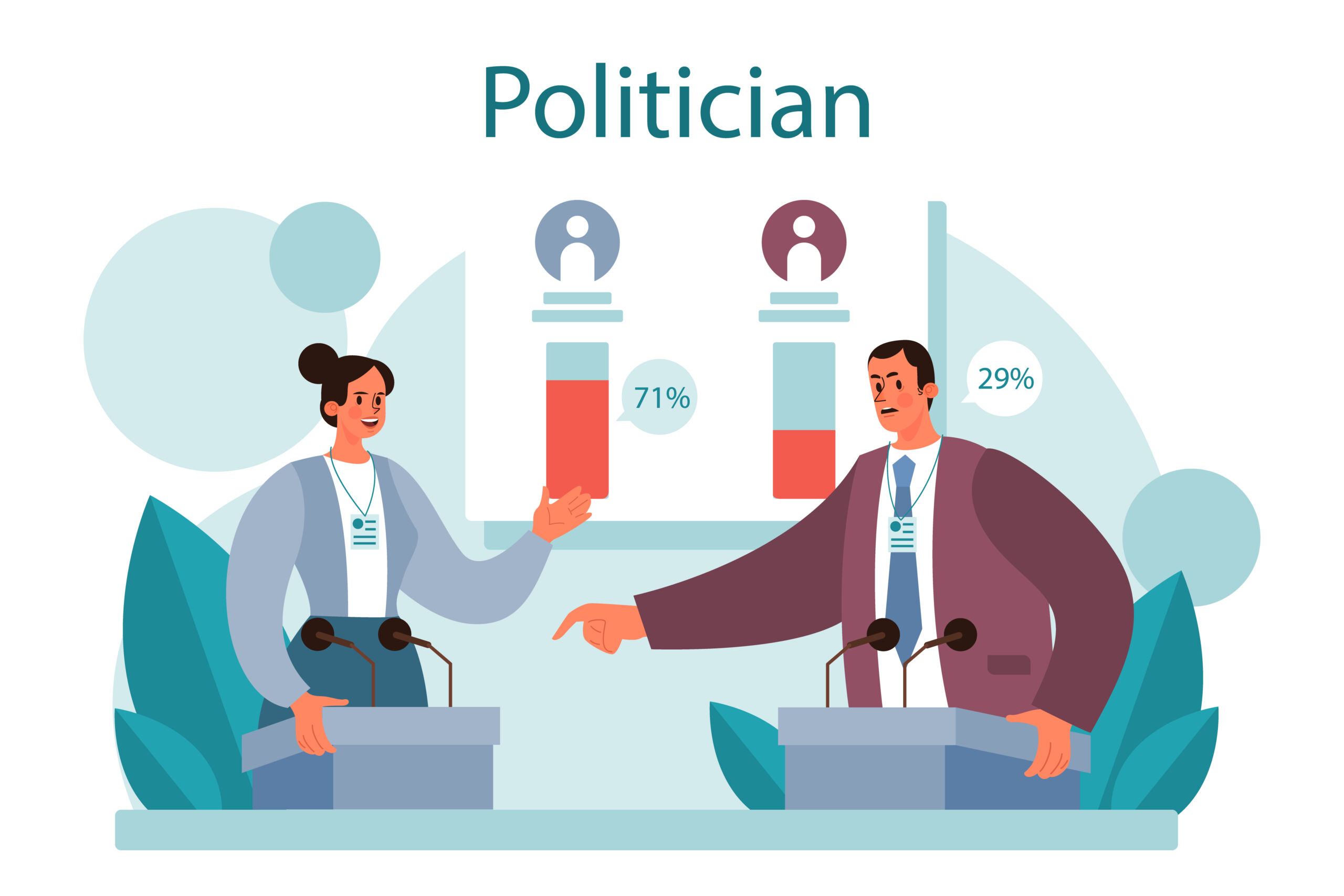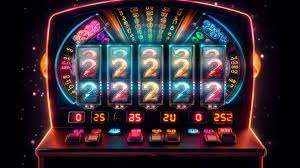Participants in the high-dissonance condition chose between a highly desirable product and one rated just 1 point lower on the 8-point scale. After reading the https://yourhealthmagazine.net/article/addiction/sober-houses-rules-that-you-should-follow/ reports about the various products, individuals rated the products again. Brehm (1956) was the first to investigate the relationship between dissonance and decision-making. The rub is that making a decision cuts off the possibility that you can enjoy the advantages of the unchosen alternative, yet it assures you that you must accept the disadvantages of the chosen alternative. Life is filled with decisions, and decisions (as a general rule) arouse dissonance. For example, let’s say you believe that you need to be perfect to be loved, but you also know that perfection is impossible.
Helping Someone with Hoarding Disorder
Clients are generally bombarded with choices throughout their day. The dissonance caused by rejecting the possible benefits of the route not chosen can cause regret. Curiously perhaps, the closer the choices are in their advantages and attractiveness, the more dissonance tends to be generated.
The results showed that the effects of effort were quite successful. As predicted by dissonance, participants in the high choice condition came more than 10 feet closer to the snake after the therapy, but in the low choice and test-retest control conditions, there was no improvement. Social comparison generated considerable interest and addressed a basic motivation for people to engage in attitude change. Festinger proposed that people change their attitudes not only because of the legitimacy of the arguments they hear but also to satisfy a basic motivational drive.
The theory behind cognitive dissonance
Whether dealing with cognitive dissonance or any other mental health issue, therapy offers a path toward healing, self-discovery, and a balanced life. In the grand symphony of your mind, cognitive dissonance therapy can be the conductor, helping you create a more harmonious melody from the sometimes discordant notes of your thoughts and beliefs. Numerous studies have demonstrated the effectiveness of cognitive dissonance therapy in various contexts. For example, research has shown its efficacy in preventing and treating eating disorders, reducing prejudice, and improving decision-making processes.
Cognitive Behavioral Therapy for Weight Loss: Transforming Your Mindset for…
One answer to that question is provided by the Action-Orientation Model (Harmon-Jones, 1999). Harmon-Jones suggests that people’s stance toward events in the world is adaptively better without ambivalence and conflict. Inconsistent cognitions interfere with our action tendencies and create a negative emotion, motivating us to rid ourselves of the inconsistency. We are not driven to reduce inconsistency per se, but rather driven to have an unambivalent stance toward the world to prepare us for effective action. Unlike hypocrisy, cognitive dissonance threatens our identity and sense of self.
Cognitive Dissonance – The Battle Between What We Think, Feel, and Do
We consider ourselves to be truthful, hard-working, health-conscious, and in control. But our actions don’t always line up with what we think of ourselves. A famous example of cognitive dissonance can be found in Aesop’s fable of The Fox and the Grapes. The fox wants to eat the grapes, but finds them to be out of reach. He resolves his dilemma by concluding that they are probably not very tasty, perhaps sour or unripe (“sour grapes”).
- Harmon-Jones suggests that people’s stance toward events in the world is adaptively better without ambivalence and conflict.
- Participants who had only been offered $1 had much less comfort from their small incentive and thus were predicted to experience a greater tension state.
- In other words, they were more likely than participants in the other two conditions to increase the attractiveness of the chosen alternative and to decrease the attractiveness of the unchosen alternative.
- Being paid $20 provides a reason for turning pegs, and there is, therefore, no dissonance.
- Cognitive dissonance, first described in 1956 by Festinger, is a psychological state in which one holds two conflicting beliefs at the same time.
- To resolve the internal conflict, you might convince yourself that your partner is just really busy with work or that you’re asking for too much of them.
- The fox wants to eat the grapes, but finds them to be out of reach.
- In the social comparison view, people are motivated to influence others or to succumb to others’ influence in order to satisfy their drive to have correct and appropriate opinions.
- In my view, these studies are interesting because they provided a link between theoretical issues that we have studied in the laboratory and real-world practices that can improve lives.
Whenever you feel uncomfortable with your own choices and behavior, check in with yourself and look for signs that you’ve strayed from your core values and beliefs. You can also seek out professional help if you find that the psychological discomfort is affecting your overall mental health and well-being. You know smoking is bad for your health, for example, but you keep doing it anyway. You may have uncomfortable feelings about the bad habit, but you find ways to justify the behavior so you can keep smoking.
General Health
Awareness of the potential for this is important for a therapist, particularly when negotiating homework, as the client may go ‘off track’ to reduce any dissonance caused by engaging in the dissonant homework activities. People experience cognitive dissonance for many reasons, but a common trigger is work. “Maybe you’re at a company with a work culture or attitudes that are in opposition or conflict to what you believe,” according to Dr. Scott. School is another catalyst for tension as people are acclimating to a new environment, meeting others and learning new information.
The individual sessions with my therapist was my favorite experience at GenPsych. My therapist was able to get to know me just a little bit more and she was able to guide me every week on exactly what I needed to do in order to keep making progress. This is often very difficult, as people frequently employ a variety of mental maneuvers. When one of the dissonant elements is a behavior, Sober Houses Rules That You Should Follow the individual can change or eliminate the behavior. In all conditions, they then heard a very boring discussion about sex in lower animals.













































































































